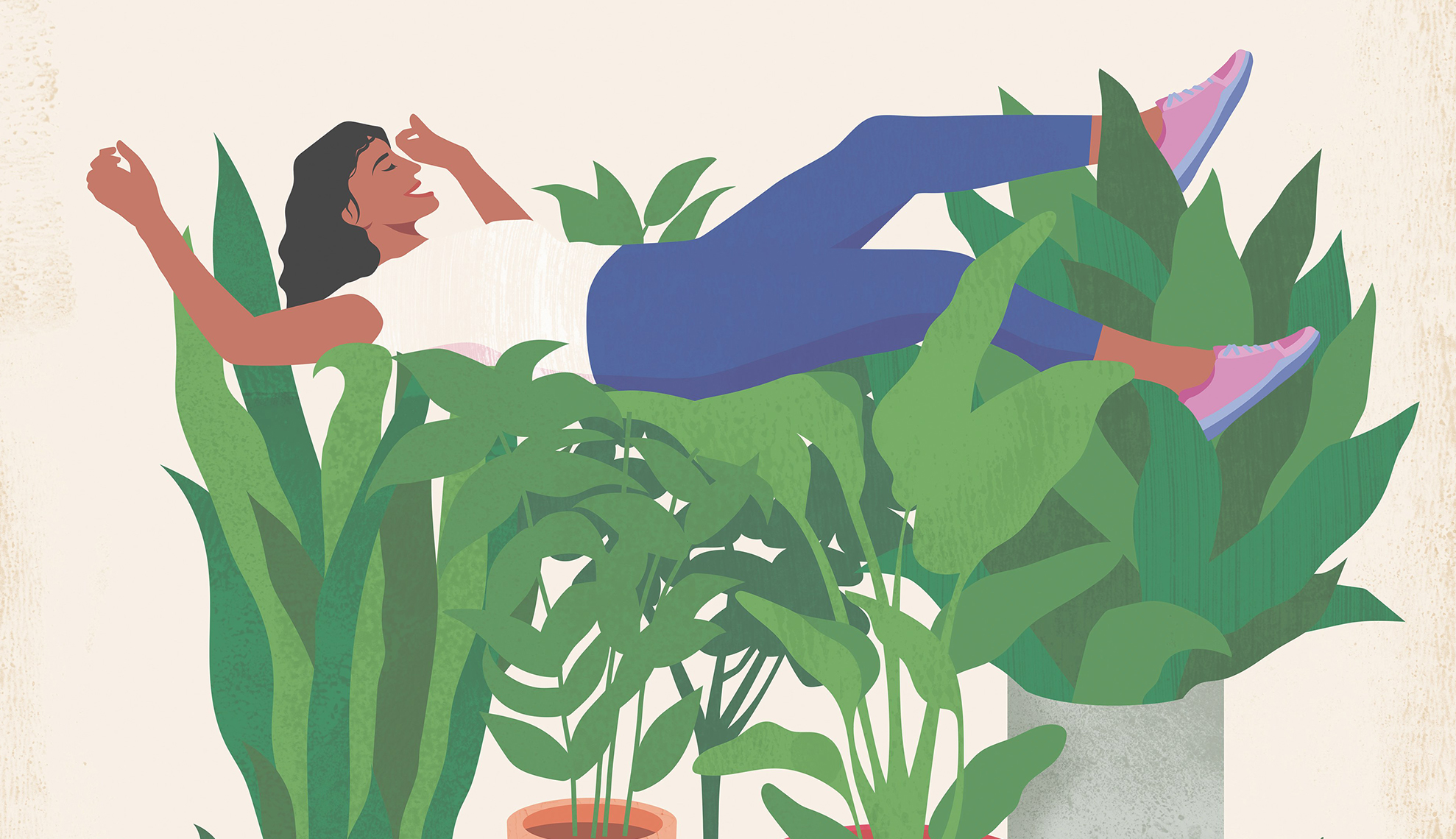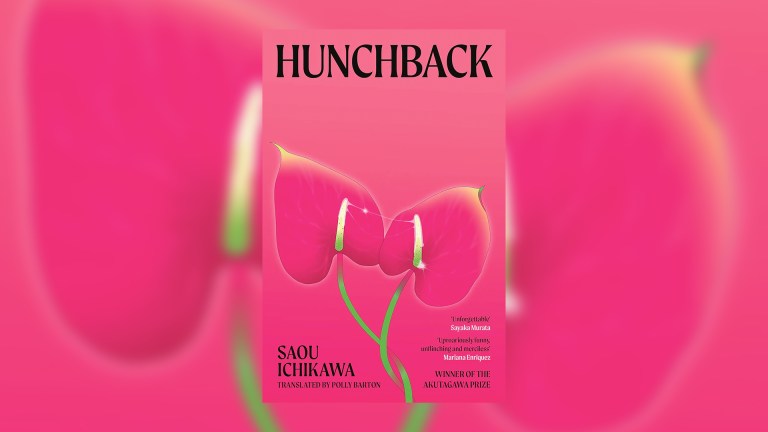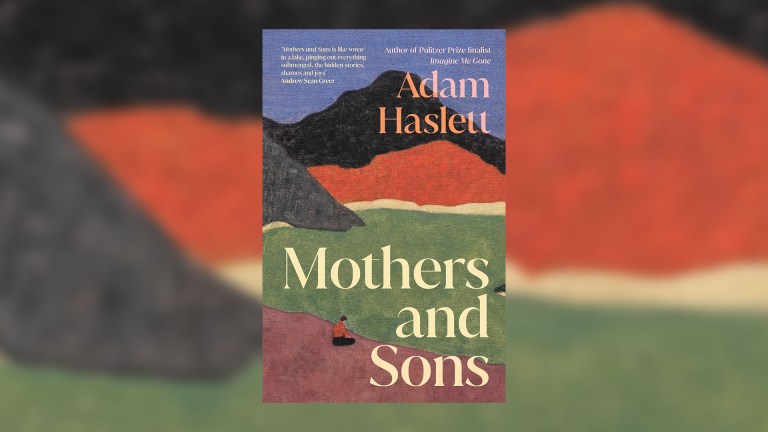It’s heartbreaking to purchase the perfect plant only to bring it home and watch it waste away because it’s not in an ideal environment. Use what you know about your space to select houseplants that will thrive in your conditions.
East and north-facing windows get more diffused sunlight so are typically best for low-light plants. The hospitable zone for these windows is smaller because less light comes in and spreads through the space. Because of this, you may need to use the windowsill, or a plant stand directly next to the window, to provide your plant with enough light. Succulents and cacti probably won’t thrive in these spaces, but many plants will, including certain ivies, ferns and snake plants.
Pairing plants with pots is a way to be creative with your plant collection. Let your personal style shine through with container selections: minimalists may want to stick with plain terracotta or purchase all-white or all-black containers for a monochromatic look. If you tend toward a boho or eclectic vibe, mix terracotta with pots that feature bright colours, designs, and textures. For every home style, there is
a complementary container choice.
Containers come in many different materials, from fabric mesh to cement. Porous materials such as terracotta and stoneware absorb water from the soil, so more frequent watering may be required. Plastic pots aren’t breathable, so retain moisture longer. For this reason, you’ll often find plants such as succulents and cacti in clay pots, and moisture-loving plants, such as ferns and begonias, in plastic. The one overriding rule is that indoor plant pots should have drainage holes, no matter what is planted inside.
As plants age, their root systems either outgrow their container or need a soil refresh to stay well fed. Repotting and potting up ensure the long-term health of your houseplants. The best time to follow these steps is right before plants enter their active growth spurt in spring.

For all chores, but especially for watering plants, having the right tools can make all the difference. With no shortage of options, picking a watering can will often come down to utilitarian or aesthetic preferences. Choosing the right watering can is about finding the balance between usefulness and style: for indoor use, a watering can should have a narrow spout with a small pouring hole to let you manoeuvre the watering can within foliage so you can deliver the water directly to the soil. Save watering cans with wide heads and many holes for outdoor use, where spreading water around a larger surface is more appropriate.










